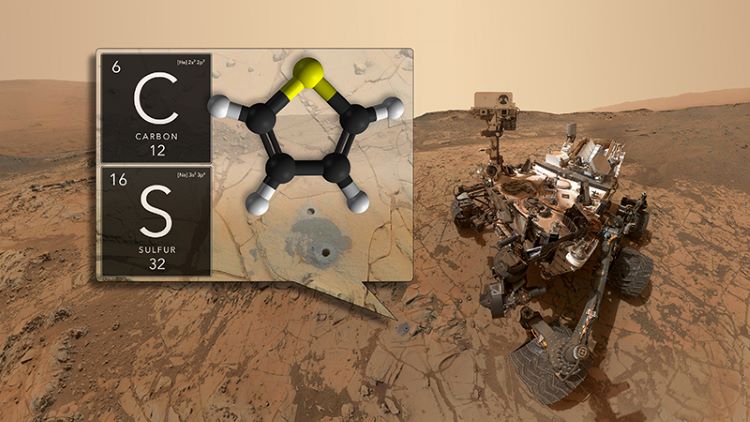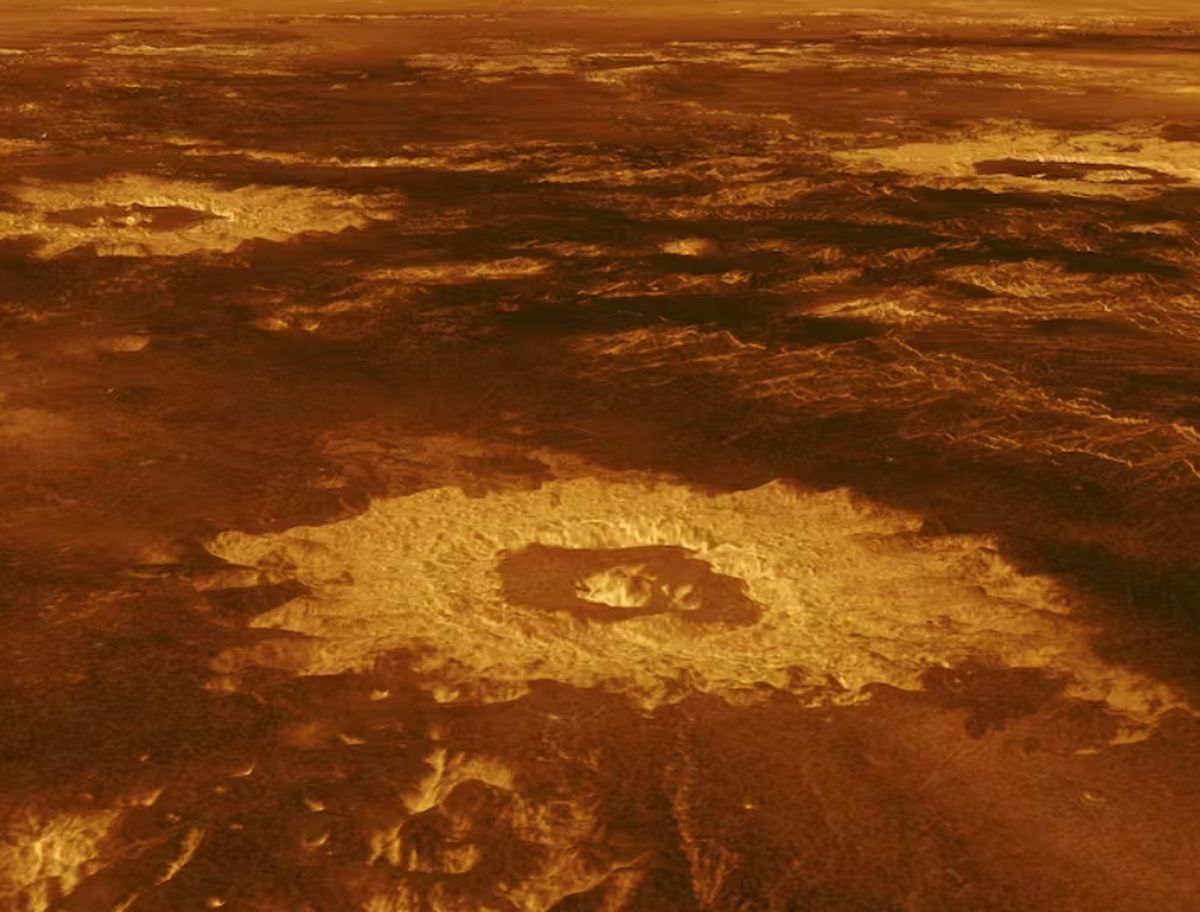Universe Today has recently had the privilege of investigating a myriad of scientific disciplines, including impact craters, planetary surfaces, exoplanets, astrobiology, solar physics, comets, planetary atmospheres, planetary geophysics, cosmochemistry, meteorites, radio astronomy, and extremophiles, and how these multidisciplinary fields can help both scientists and space fans better understand how they relate to potentially finding life beyond Earth, along with other exciting facets. Here, we will examine the incredible field of organic chemistry with Dr. Andro Rios, who is an Assistant Professor in Organic Chemistry at San José State University, regarding why scientists study organic chemistry, the benefits and challenges, finding life beyond Earth, and potential paths for upcoming students. So, why is it so important to study organic chemistry?
Continue reading “Organic Chemistry: Why study it? What can it teach us about finding life beyond Earth?”Could Life Exist in Water Droplet Worlds in Venus’ Atmosphere?
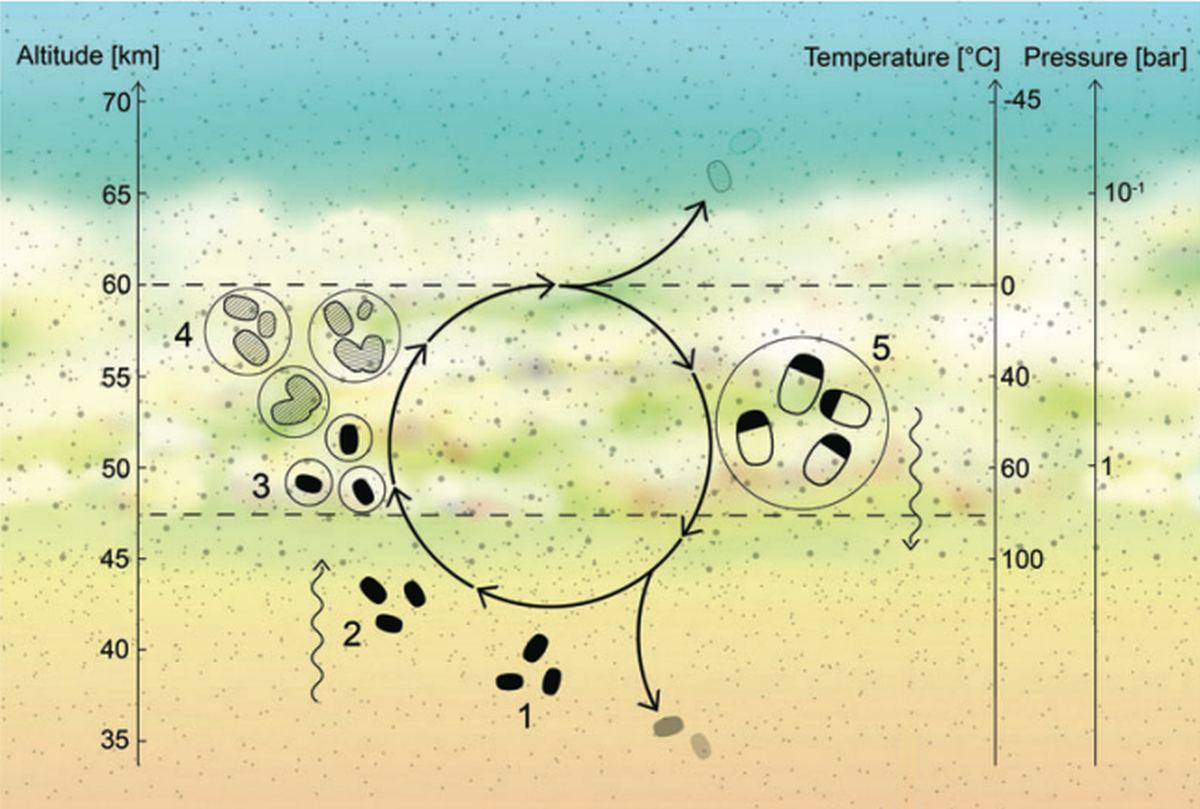
It’s a measure of human ingenuity and curiosity that scientists debate the possibility of life on Venus. They established long ago that Venus’ surface is absolutely hostile to life. But didn’t scientists find a biomarker in the planet’s clouds? Could life exist there, never touching the planet’s sweltering surface?
It seems to depend on who you ask.
Continue reading “Could Life Exist in Water Droplet Worlds in Venus’ Atmosphere?”Measuring the Atmospheres of Other Worlds to See if There are Enough Nutrients for Life
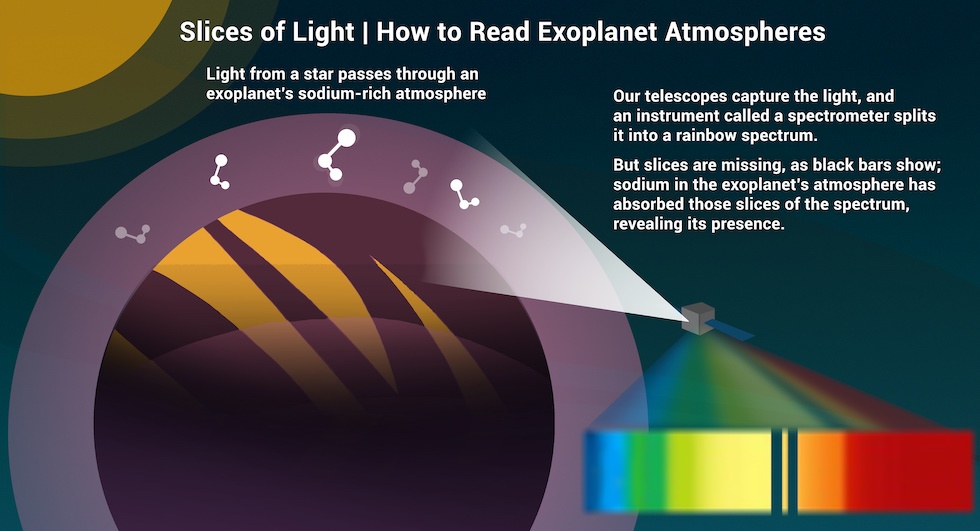
Life on Earth depends on six critical elements: Carbon, Hydrogen, Nitrogen, Oxygen, Phosphorous, and Sulfur. These elements are referred to as CHNOPS, and along with several trace micronutrients and liquid water, they’re what life needs.
Scientists are getting a handle on detecting exoplanets that might be warm enough to have liquid water on their surfaces, habitability’s most basic signal. But now, they’re looking to up their game by finding CHNOPS in exoplanet atmospheres.
Continue reading “Measuring the Atmospheres of Other Worlds to See if There are Enough Nutrients for Life”The Large Magellanic Cloud isn’t Very Metal
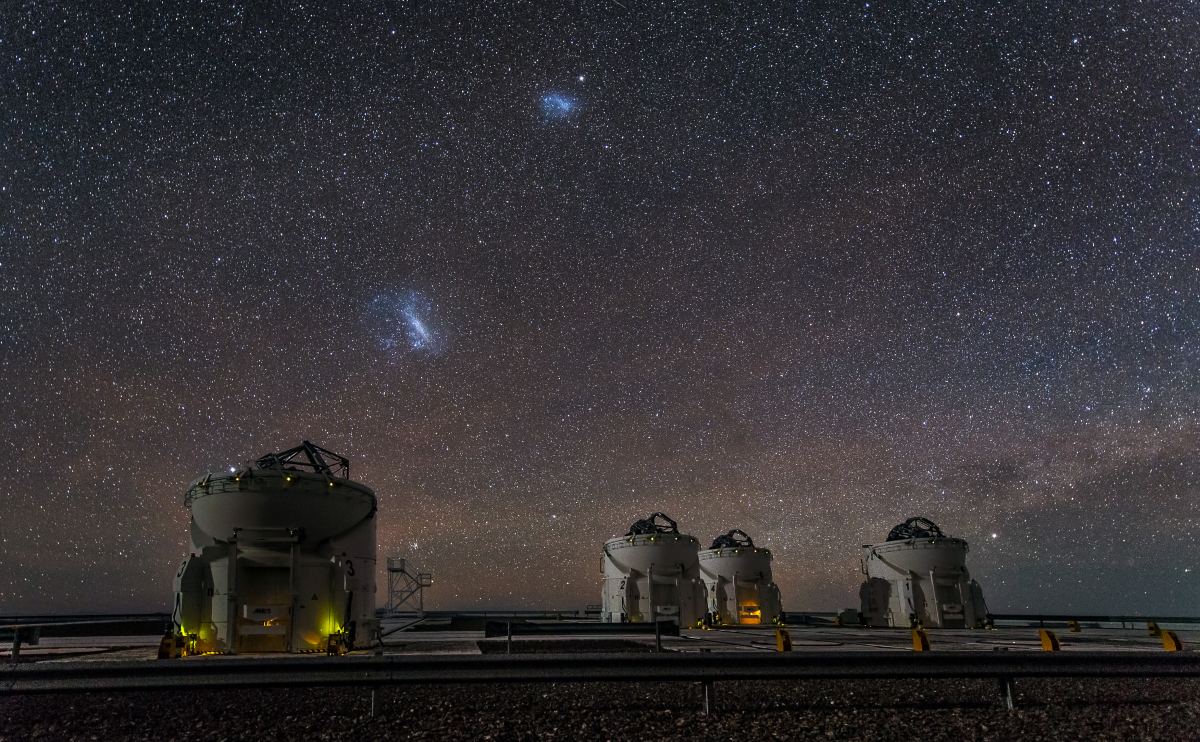
The Large Magellanic Cloud (LMC) is the Milky Way’s most massive satellite galaxy. Because it’s so easily observed, astronomers have studied it intently. They’re interested in how star formation in the LMC might have been different than in the Milky Way.
A team of researchers zeroed in on the LMC’s most metal-deficient stars to find out how different.
Continue reading “The Large Magellanic Cloud isn’t Very Metal”Webb Finds Deep Space Alcohol and Chemicals in Newly Forming Planetary
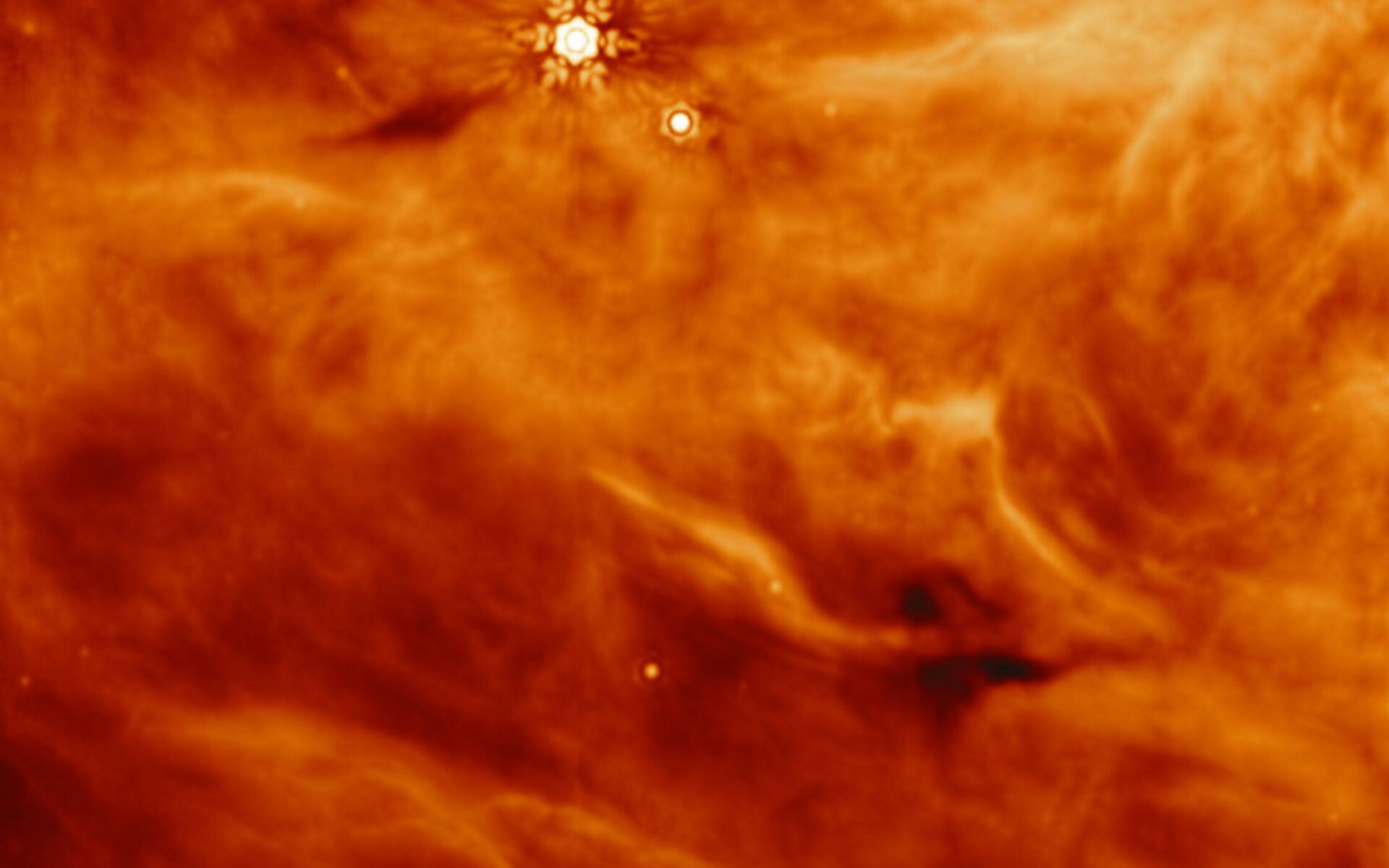
Since its launch in 2021, the James Webb Space Telescope (JWST) has made some amazing discoveries. Recent observations have found a number of key ingredients required for life in young proto-stars where planetary formation is imminent. Chemicals like methane, acetic acid and ethanol have been detected in interstellar ice. Previous telescopic observations have only hinted at their presence as a warm gas. Not only have they been detected but a team of scientists have synthesised some of them in a lab.
Continue reading “Webb Finds Deep Space Alcohol and Chemicals in Newly Forming Planetary “A Single Grain of Ice Could Hold Evidence of Life on Europa and Enceladus

The Solar System’s icy ocean moons are primary targets in our search for life. Missions to Europa and Enceladus will explore these moons from orbit, improving our understanding of them and their potential to support life. Both worlds emit plumes of water from their internal oceans, and the spacecraft sent to both worlds will examine those plumes and even sample them.
New research suggests that evidence of life in the moons’ oceans could be present in just a single grain of ice, and our spacecraft can detect it.
Continue reading “A Single Grain of Ice Could Hold Evidence of Life on Europa and Enceladus”Earth’s Long-Term Habitability Relies on Chemical Cycles. How Can We Better Understand Them?
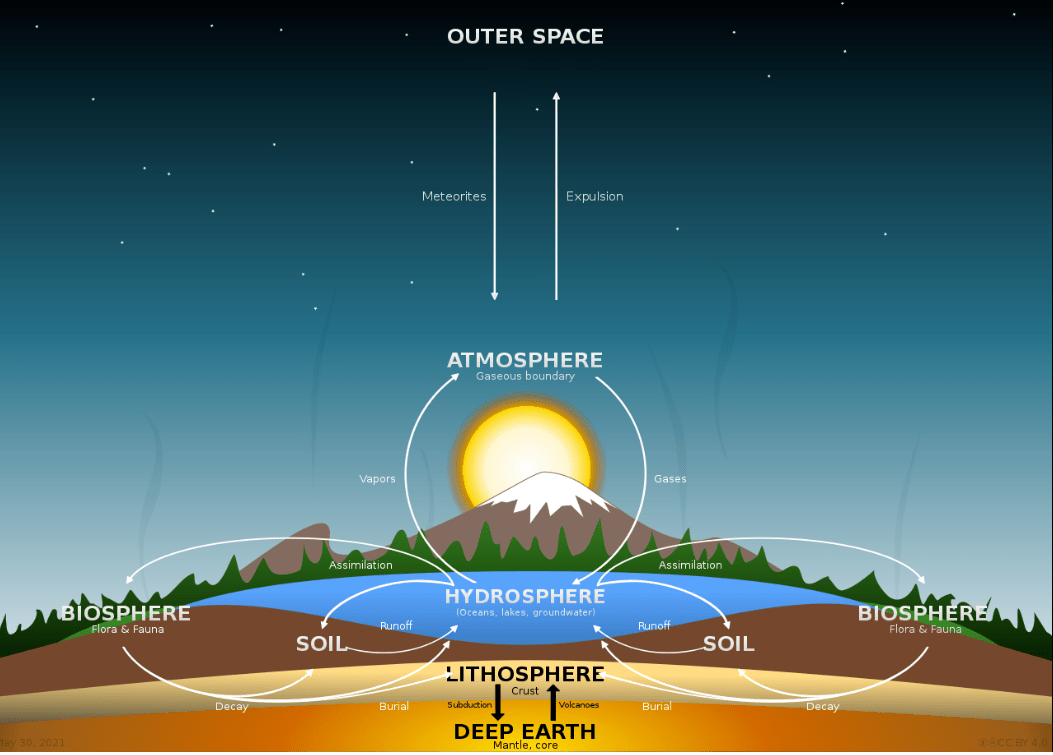
We, and all other complex life, require stability to evolve. Planetary conditions needed to be benign and long-lived for creatures like us and our multicellular brethren to appear and to persist. On Earth, chemical cycling provides much of the needed stability.
Chemical cycling between the land, atmosphere, lifeforms, and oceans is enormously complex and difficult to study. Typically, researchers try to isolate one cycle and study it. However, new research is examining Earth’s chemical cycling more holistically to try to understand how the planet has stayed in the ‘sweet spot’ for so long.
Continue reading “Earth’s Long-Term Habitability Relies on Chemical Cycles. How Can We Better Understand Them?”Juno Measures How Much Oxygen is Being Produced by Europa
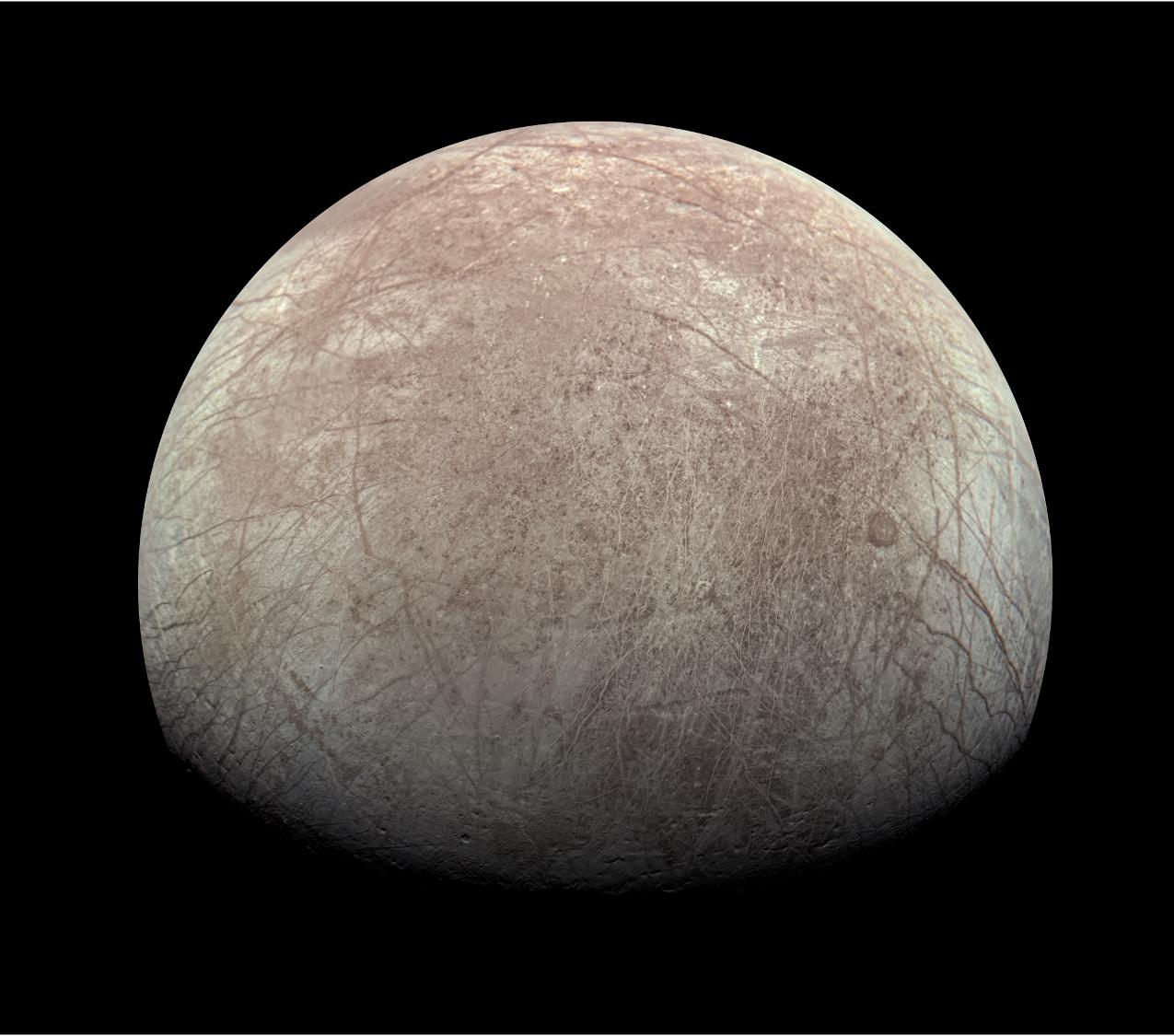
If the periodic table listed the elements in order of their importance to life, then oxygen might bully its way to the top. Without oxygen, Earth’s complex life likely would not exist. So when scientists detect oxygen on another world, they turn their attention to it.
Continue reading “Juno Measures How Much Oxygen is Being Produced by Europa”Another Explanation for K2-18b? A Gas-Rich Mini-Neptune with No Habitable Surface
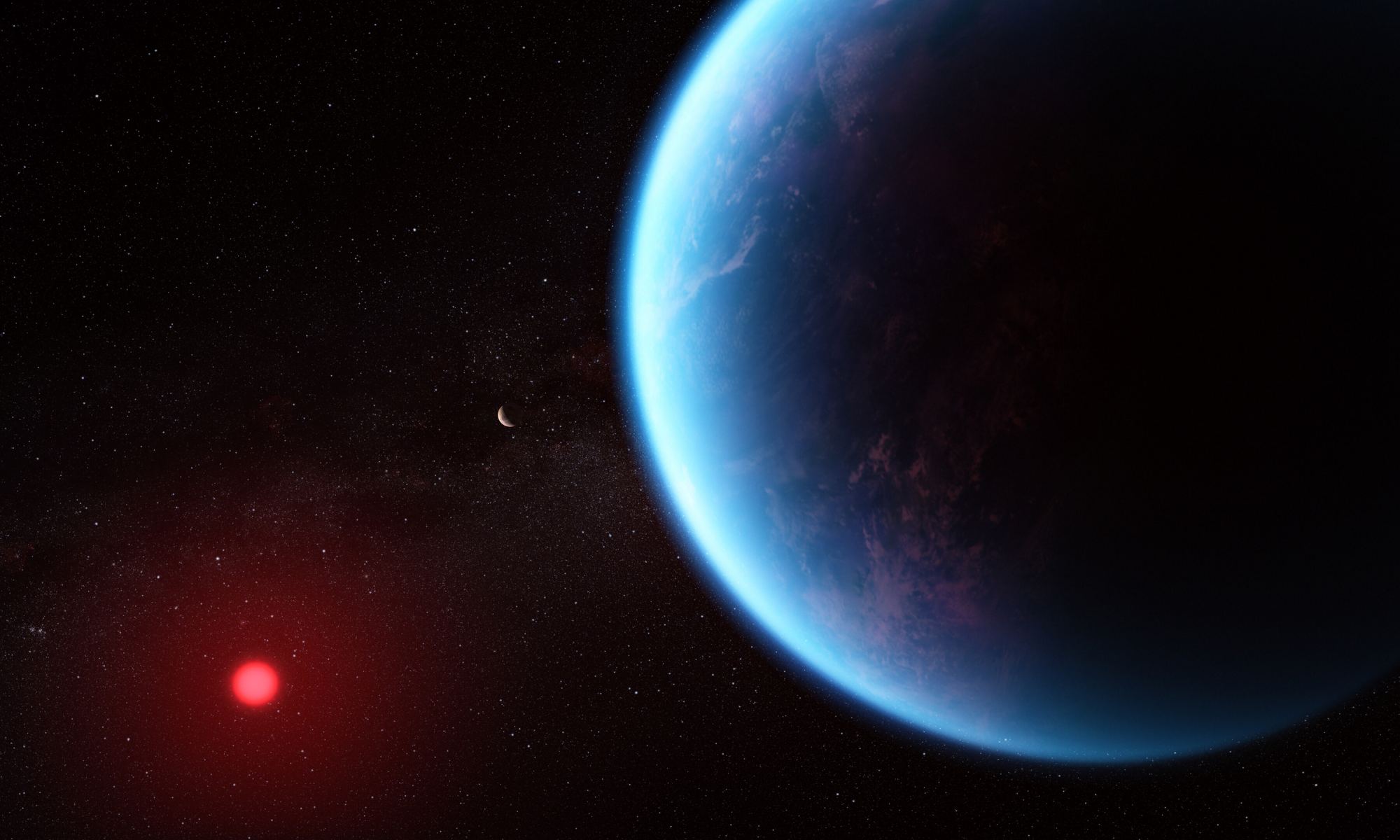
Exoplanet K2-18b is garnering a lot of attention. James Webb Space Telescope spectroscopy shows it has carbon and methane in its atmosphere. Those results, along with other observations, suggest the planet could be a long-hypothesized ‘Hycean World.’ But new research counters that.
Instead, the planet could be a gaseous mini-Neptune.
Continue reading “Another Explanation for K2-18b? A Gas-Rich Mini-Neptune with No Habitable Surface”There are Mysteries at Venus. It’s Time for an Astrobiology Mission
When scientists detected phosphine in Venus’ atmosphere in 2020, it triggered renewed, animated discussions about Venus and its potential habitability. It would be weird if the detection didn’t generate interest since phosphine is a potential biomarker. So people were understandably curious. Unfortunately, further study couldn’t confirm its presence.
But even without phosphine, Venus’ atmosphere is full of chemical intrigue that hints at biological processes. Is it time to send an astrobiology mission to our hellish sister planet?
Continue reading “There are Mysteries at Venus. It’s Time for an Astrobiology Mission”
